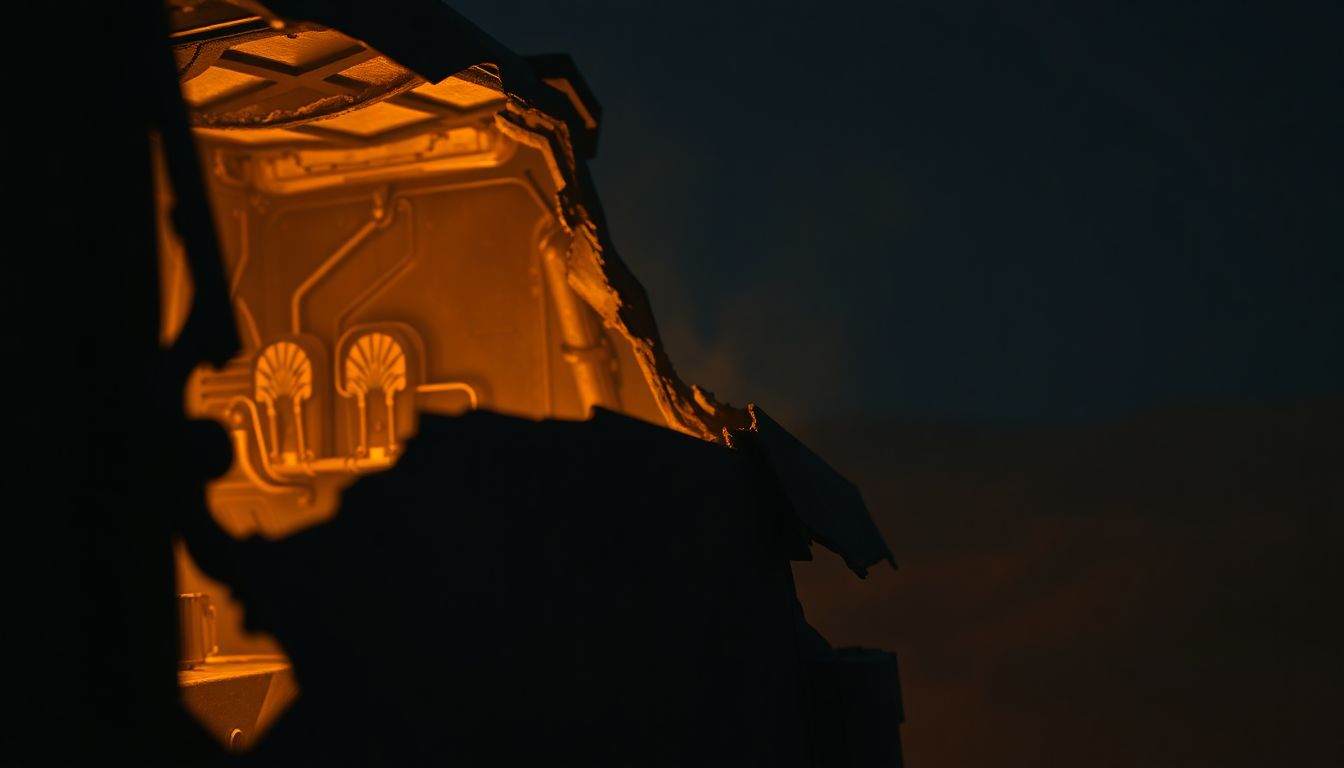
Tesla Cybertruck Explosion Near Las Vegas: Unpacking the Cause
A dramatic explosion involving a Tesla Cybertruck near Las Vegas recently captured headlines. This incident, unusual for electric vehicles, raised many questions and sparked public interest in the safety of EVs. The explosion occurred on [insert date], in a specific area known for its busy traffic and unique environment. Initial reports described flames shooting from the vehicle, leaving witnesses in shock. This article aims to thoroughly investigate the potential causes behind this alarming event.
Possible Causes of the Tesla Cybertruck Fire
Battery Thermal Runaway
One of the primary concerns regarding electric vehicles is the risk of battery thermal runaway. This occurs when a battery cell fails, leading to a chain reaction that can cause fires or explosions. EV fires are statistically rare but can occur. Studies show that while electric vehicles make up a smaller portion of all vehicles, they are involved in a significant number of fire incidents. According to data, EVs have a fire rate of about 0.03%, compared to 1.5% for gasoline-powered cars.
External Factors
External factors can also play a significant role in vehicle incidents. Possible causes include:
- Impact Damage: If the Cybertruck sustained damage from an accident or debris, this could have triggered a fire.
- Short Circuits: These can arise from external electrical sources, posing a risk to vehicle safety.
- Extreme Weather: High temperatures can exacerbate battery issues, increasing the likelihood of thermal runaway. Research indicates that certain weather conditions are linked to a rise in battery-related incidents.
Statistics suggest that certain environmental factors contribute to a small percentage of EV fires, especially in places with extreme heat.
Manufacturing Defects
Another possibility is manufacturing defects in the Cybertruck’s battery pack or electrical components. Previous Tesla recalls have highlighted concerns about battery safety. Investigations into such defects could lead to a better understanding of the incident and potential flaws in the manufacturing process. Tesla has historically taken steps to ensure quality, but no system is entirely foolproof.
Investigating the Incident: Official Reports and Speculation
Official Statements
Following the explosion, Tesla and local authorities released statements addressing the incident. Tesla emphasized their commitment to safety and indicated a full investigation would take place. Local fire departments acknowledged the rarity of such occurrences but stressed the need for a thorough examination to determine the cause.
Eyewitness Accounts
Eyewitnesses reported seeing flames engulfing the vehicle. While some descriptions varied, most accounts agree on an intense explosion. The reliability of such accounts can be questionable, but they add context to the event.
Speculative Theories
In the wake of the explosion, various theories surfaced. Some speculated about the vehicle's software issues, while others considered the potential for sabotage. However, these theories lack solid evidence and highlight the importance of relying on factual information and official investigations for clarity.
Tesla's Safety Record and EV Fire Prevention
Tesla's Safety Measures
Tesla incorporates various safety features aimed at preventing battery fires. Key systems include:
- Battery Management Systems (BMS): These monitor battery health and performance, ensuring safe operation.
- Thermal Protection Measures: Protective designs help manage heat levels within battery packs.
Industry Best Practices
The electric vehicle industry follows certain best practices to mitigate fire risks. Standards and regulations often guide manufacturers in creating safe battery systems. Compliance with these guidelines is crucial for EV safety.
Comparisons with Other EVs
While the incident involving the Cybertruck is concerning, it's essential to consider similar events in the industry. Other electric vehicles have experienced fires, but statistical analysis often shows that incidents remain infrequent relative to the total number of vehicles on the road.
Analyzing the Aftermath: Legal Implications and Public Perception
Legal Ramifications
The explosion may lead to legal consequences for Tesla. Possible outcomes include product liability lawsuits and investigations from regulatory bodies. Each case raises questions about the company's accountability and necessary safety measures.
Public Perception and Impact
Incidents like the Cybertruck explosion can significantly impact public perception of Tesla and the broader electric vehicle market. Consumers might express hesitation about the safety of EVs, which can affect sales and brand loyalty.
Insurance Implications
Insurance policies for electric vehicles might be reviewed in light of this explosion. Increased concerns could lead to higher premiums for Tesla owners or revisions in coverage options.
Lessons Learned and Future Prevention Strategies
Improved Battery Technology
Advancements in battery technology focus on improving safety and reducing risks like thermal runaway. Ongoing research aims to develop safer battery materials to enhance vehicle safety.
Enhanced Safety Protocols
Improvements in safety protocols and regulatory measures are necessary to prevent future incidents. This could include stricter manufacturing standards and more rigorous safety testing.
Actionable Tips for EV Owners
EV owners can take steps to minimize risks, such as:
- Regular maintenance checks on battery systems.
- Monitoring for signs of battery swelling or damage.
- Being cautious during extreme weather conditions.
Conclusion
The Tesla Cybertruck explosion near Las Vegas is a serious event that highlights the ongoing discussions around electric vehicle safety. The investigation into the causes is crucial for understanding the incident better. Continued improvements in battery technology and safety protocols are essential as the electric vehicle market expands. Protecting consumer safety remains a top priority for manufacturers and regulatory bodies alike.


